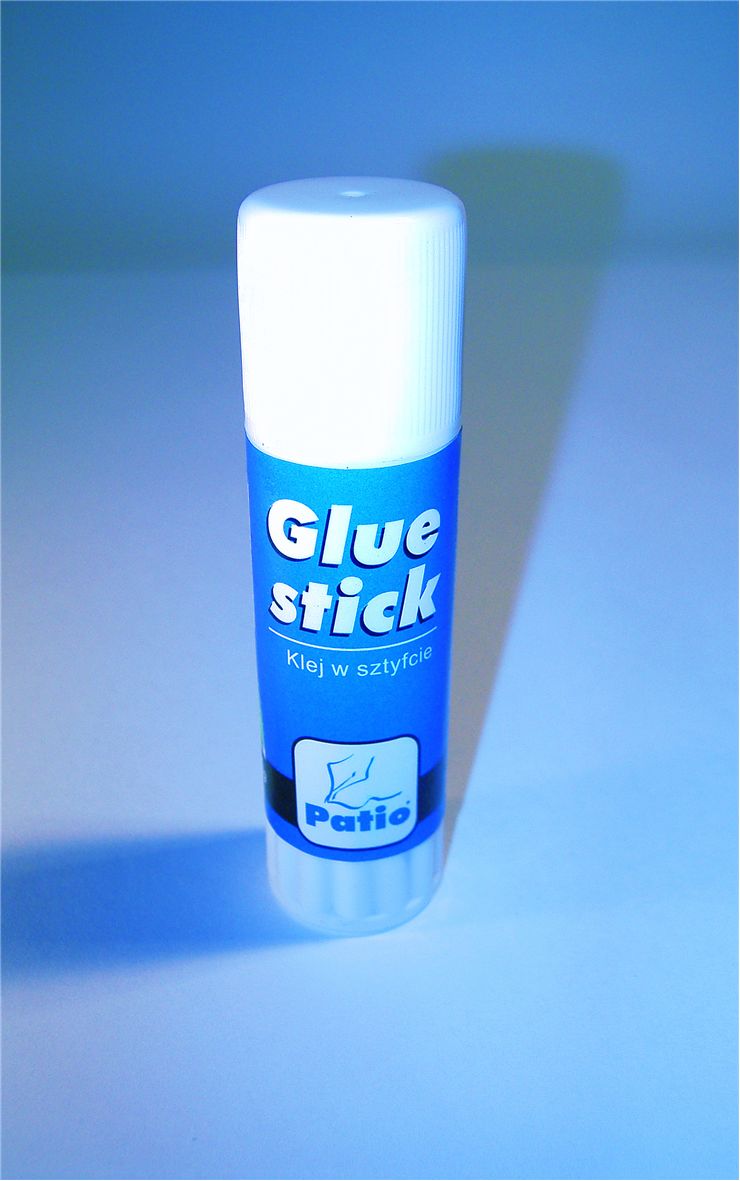How Glue is Made - Process of Glue Manufacturing
Glues are one of the oldest materials that were made by our prehistoric ancestors. Natural “single component” materials such as birch-bark-tar were found even in the archeological findings that are 200 thousand years old, and by 70 thousand AD, our ancestors started mixing glues that consist from several components (with some of them needing to be heated by fire). As millennia and centuries went by, we learned how to create adhesives (glues are part of adhesive family that have origin in natural materials) that could withstand larger forces, survive more in open environment and have many useful properties (for example lamination of wooden objects).
The earliest examples of natural glue come from discovery of our ancestors that protein collagen can be extracted from animal parts such as bones, skin, hides, sinew, hoofs, and other connective tissues. Other natural sources of protein glues were blood of animals and milk solids. Fish (heads, bones, skin, air bladder) can also be excellent source of glue material. Today, three main classes of animal parts are responsible for creation of high quality glues – bones, fish, and hide (or skin). Plants can also be source of many rubbery glue materials.
Process of manufacturing glue:
- Factories collect animal parts from slaughterhouses, tanneries, and meat packing companies, including remains such as scraps of hide or skin, tendons, bones, feet, ears, tails, fish heads, scales and skins. All those parts are washed, dirt is removed, and everything is soaked so that parts are softened. Then, all hides and material are put through series of water baths that have more and more lime in them. This makes material swell and break down. Then everything is rinsed in large washing machines, and lime is completely eliminated with the use of weak acids.
- Animal material is then cooked in a boiling water (both open and closed pressurized containers are common), until the moment when collagen protein is released from the structure of the meat, and it breaks down to its glue form. After several heat treatments (all with increased temperature), glue material is collected.
- Cold glue material (“glue liquid”) resembles jelly, but it cannot be used just yet. Impurities have to be extracted. This can be performed both by mechanical methods (passing of heated glue fluid through mechanical filters, paper filters, or ground bone) and by chemicals such as alum and acids.
- Finally, the exact color of the glue is imprinted by adding additives to the mix. Most common glue colors are blown, clear and white (zinc oxide produces white color, while phosphoric acid, alum and sulfurous acid are used for other colors).
- After coloring, glue is still in very weak liquid that needs to be hardened. Extraction of the water from the mix is done in several ways – Drying, chilling or dropped as beads into non-water bearing liquor that slowly extract water from the glue.
- Entire process of glue manufacture has to be monitored very closely, with sensors controlling temperatures, timings, extraction of impurities, safety measures, decontamination, and more.
- Bone glues have slightly different process of production. Bones are degreased in solvents, and then mixed with hydrochloric acid that removes large amount of minerals and calcium phosphate, leaving only collagen behind. After removal of acid from collagen, resulting glue liquid is colored and dried.
- Packaging is done with specialized machines. Glues made from animal parts don’t have long shelf life, with some having as little as 1 year.
